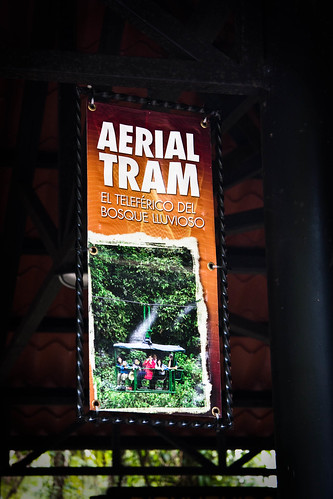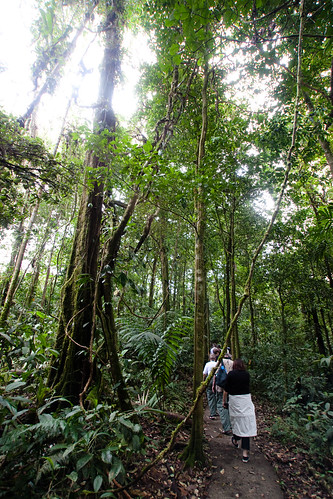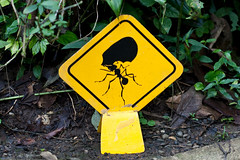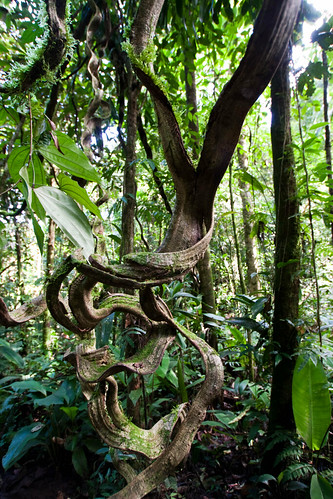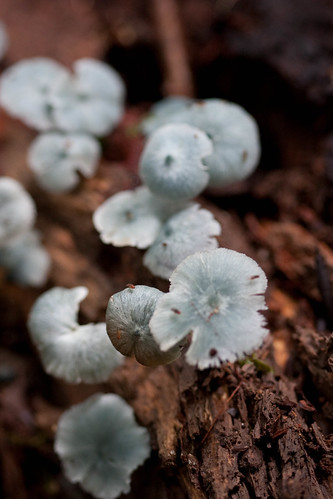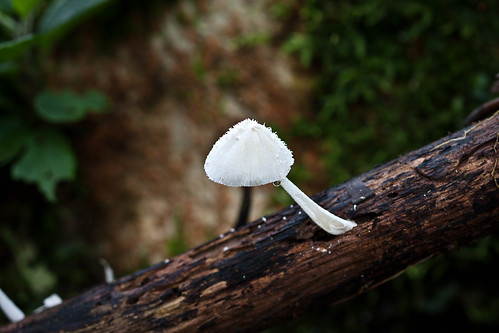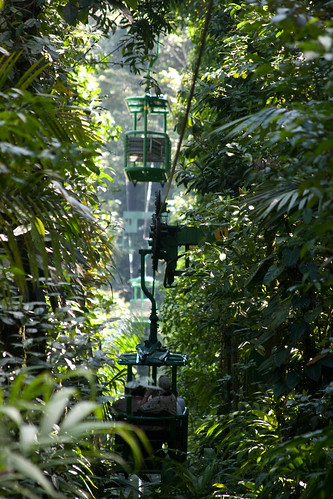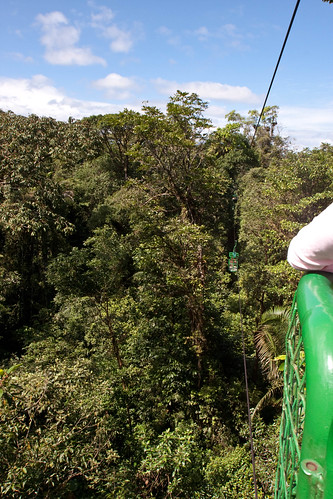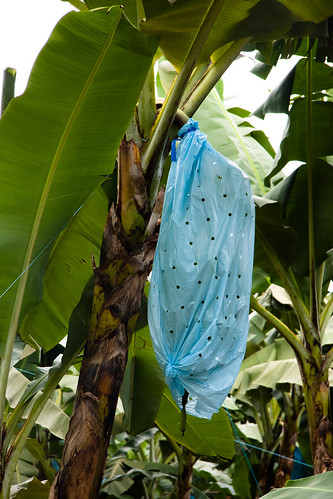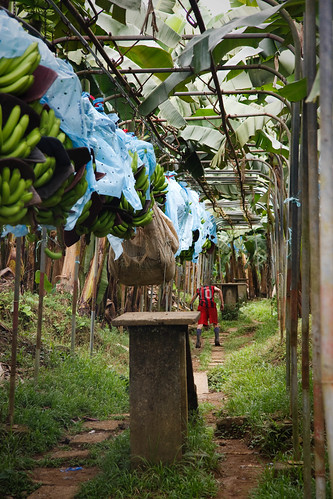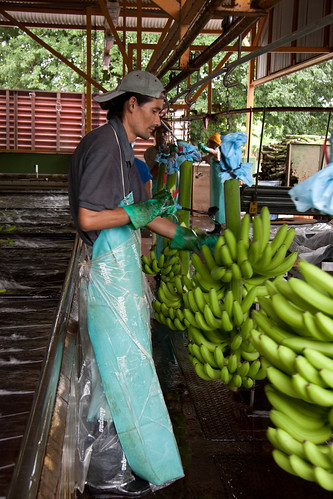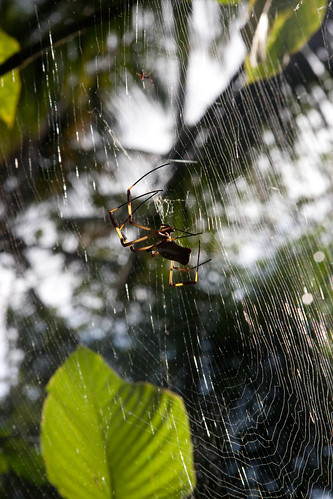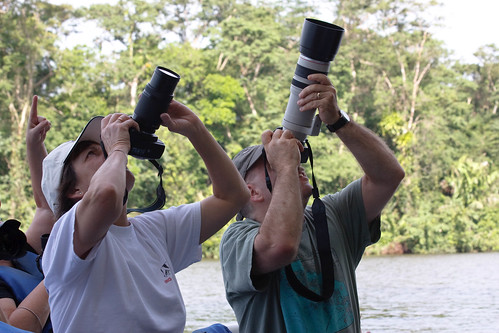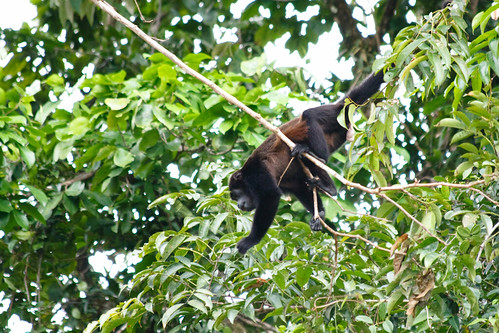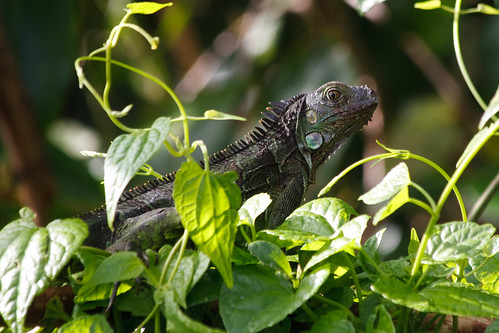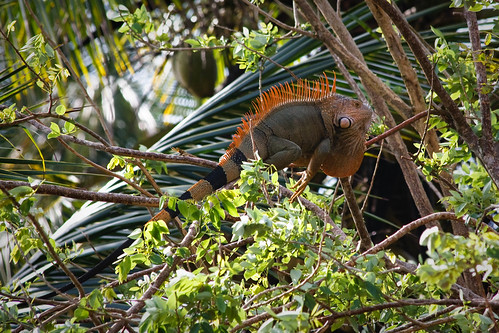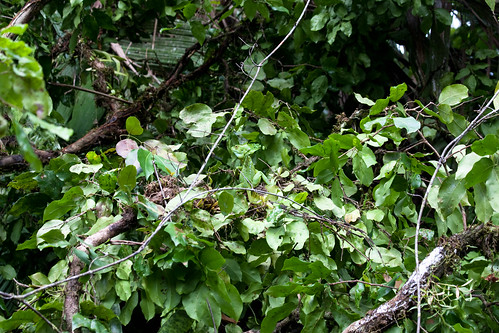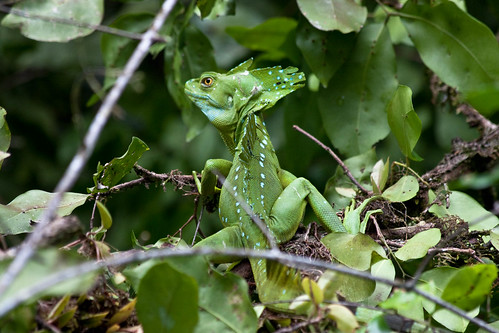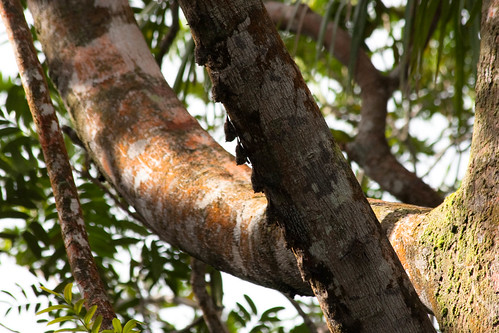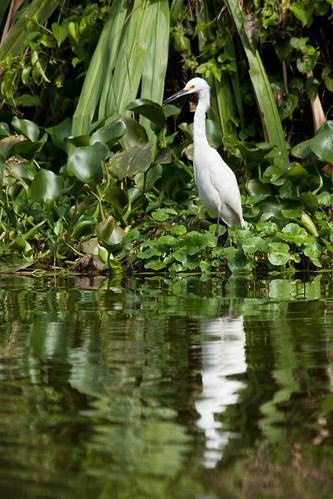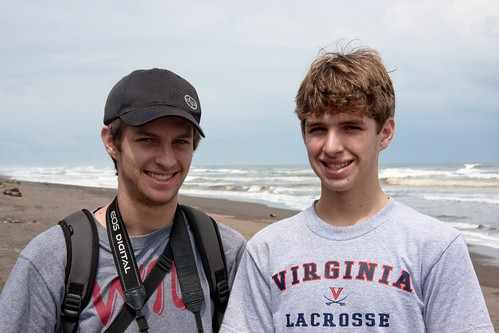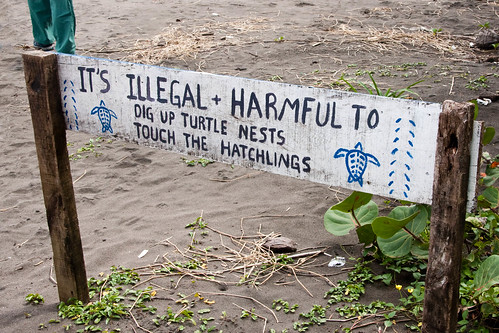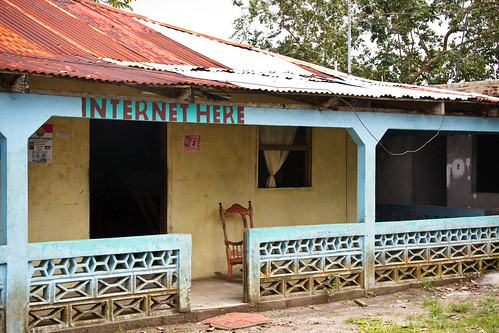View Larger Map
Here is a map of Venice with pins for our major stops.
We had a great time with our guide, Roberta. A lifetime native of Venice, she not only gave us background and history about the city, but insight to daily life on the island. Even though we shot over a hundred pictures today, only a few were able to capture something close to the experience.
We began with a three hour walk through the city, learning about architectural challenges, the various owners and conquerors of Venice, local industries (mostly shipbuilding and glass making) and why locals don’t always like living on the canals (50 versions of “O Solo Mio” every night).
Important take away: the two biggest threats to Venice are salt moisture and Napoleon. And at least Napoleon eventually went away.
Aside from the canals, the biggest tourist attraction in Venice is Piazza San Marco, with St. Mark’s Basilica made from parts, um, “inherited” from around the world. During construction, you could only come into the port if you brought something from recently conquered Constantinople, like a pillar (or even better, a matching set!). The end result gives the cathedral a patchwork quilt feel.
Roberta then took us on a one hour water taxi ride up the Canal Grande to learn more about the history of the residents and residences. We then wound through the smaller canals down to the major Canal della Giudecca, where we disembarked and hit the gelato bar for a needed rejuvination. We walked all the way back up to the market area near Ponte di Rialto, where we said our goodbyes to Roberta and settled in for lunch.
We managed to find the hotel on our own, and after some R&R headed out for dinner along the canal. And more gelato!
For an extra challenge after dinner we decided to find our way home without using a map.





